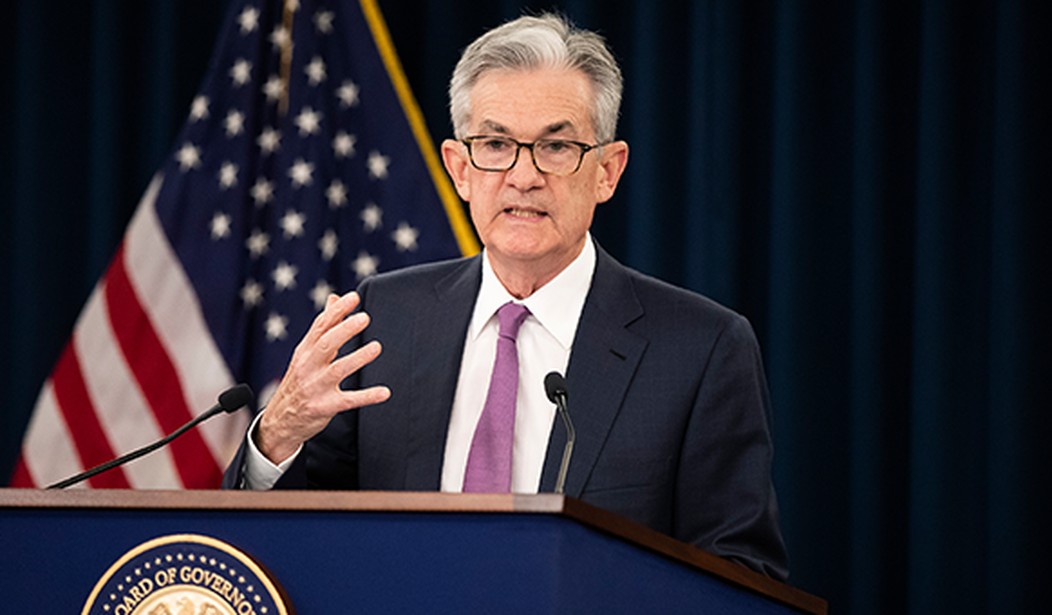The market took a pretty good drubbing yesterday after Fed Chairman Jay Powell suggested there is more work to be done on the stimulus front. Ironically, this kind of comment used to move markets higher. But the grim reality of the situation (even with more help on the way) is sobering. I took parts of his presentation to be more important for the stock market.
There were additional comments about the poor getting hit the hardest; however, I will write more about this in Payne’s Perspective this weekend.
Chair Jerome H. Powell
At the Peterson Institute for International Economics, Washington, D.C. (via webcast)
The coronavirus has left a devastating human and economic toll in its wake as it has spread around the globe. This is a worldwide public health crisis, and health-care workers have been the first responders, showing courage and determination and earning our lasting gratitude. So have the legions of other essential workers who put themselves at risk every day on our behalf.
The scope and speed of this downturn are without modern precedent, significantly worse than any recession since World War II. We are seeing a severe decline in economic activity and in employment, and already the job gains of the past decade have been erased. Since the pandemic arrived in force just two months ago, more than 20 million people have lost their jobs.
…Today I will briefly discuss the measures taken so far to offset the economic effects of the virus, and the path ahead…
To date, Congress has provided roughly $2.9 trillion in fiscal support for households, businesses, health-care providers, and state and local governments—about 14 percent of gross domestic product. While the coronavirus economic shock appears to be the largest on record, the fiscal response has also been the fastest and largest response for any postwar downturn.
…At the Fed, we have also acted with unprecedented speed and force. After rapidly cutting the federal funds rate to close to zero, we took a wide array of additional measures to facilitate the flow of credit in the economy, which can be grouped into four areas…
The Fed takes actions such as these only in extraordinary circumstances, like those we face today. For example, our authority to extend credit directly to private nonfinancial businesses and state and local governments exists only in "unusual and exigent circumstances" and with the consent of the Secretary of the Treasury. When this crisis is behind us, we will put these emergency tools away.
…While the economic response has been both timely and appropriately large, it may not be the final chapter, given that the path ahead is both highly uncertain and subject to significant downside risks…
…We ought to do what we can to avoid these outcomes, and that may require additional policy measures. At the Fed, we will continue to use our tools to their fullest until the crisis has passed, and the economic recovery is well under way…
Recommended
It’s like the delayed reaction that happens at the end of the Federal Open Market Committee (FOMC) gatherings. When the market makes a sharp move during the last two hours of trading in one direction, only to go the opposite direction in the next session, there is a chance we could see a shift in focus back to the Federal Reserve and its magic toolbox in today’s session.
I think that is why late buying materialized the last thirty minutes of trading.

The session will also get a boost from the Wisconsin Supreme Court, which ruled against the state’s governor and his attempt to unilaterally extend stay-at-home orders without a legislative vote.
Normalization?
After the close, Mastercard (MA) updated its second-quarter 2020 (Q2) operating metrics, which sees volumes clearly improving over the last two weeks. Although it’s still down year-over-year, the company says spending is transitioning from stabilization to noralization in some markets, as restrictions relax, and consumers re-engage using social distancing and mobility limitations.
To see the chart, click here.
Cross-border transactions remain depressed, down more than 40%, although there has been a noticeable improvement in card usage without the counter being present (sans travel).
To see the chart, click here.
Portfolio Approach
Yesterday, we took profits on 3 positions in our Hotline model portfolio in Consumer Staples, Health Care, and Technology. Today, we are lowering Consumer Discretionary to a 4 from 5. For both Consumer Discretionary and Industrial, the weights are where we think an ideal portfolio should be, even if we do not always have a stock we are pounding the table on (meaning Bold) at the very moment. We are raising Cash to 3 or 15% and looking not only for new ideas, but to reiterate something that is already in the model portfolio.

Today’s Session
Last week, 2,981,000 workers filed for initial claims, down 195,000 from the prior weeks revised 3,176,000 from 3,169,000 million. A better gauge, the 4-week moving average decreased by 564,000 to 3,616,500 from the previous week’s average of 4,180,500 from 4,173,500.
The advance seasonally adjusted insured unemployment rate increased 0.3% for the week ending May 2, to 15.7%, to 22,833,000, an increase of 456,000 from the previous week's revised level, which was revised down by 270,000 to 22,377,000. The 4-week moving average was 19,760,000, an increase of 2,729,750, from the prior week's revised of 17,030,250.
In the last two months, there has been about 36.5 million total applications.
The largest increases in initial claims were in Oklahoma (+41,385), Maryland (+25,318), New Jersey (+16,360), Maine (+8,452), and Puerto Rico (+4,600). States that have started to reopen, which had the largest decreases in Florida (-258,243), Alabama (-45,981), Georgia (-38,213), Washington (-37,289), and Pennsylvania (-33,451).
The major indices are all in the red this morning as worries have crept back into the market.

























Join the conversation as a VIP Member